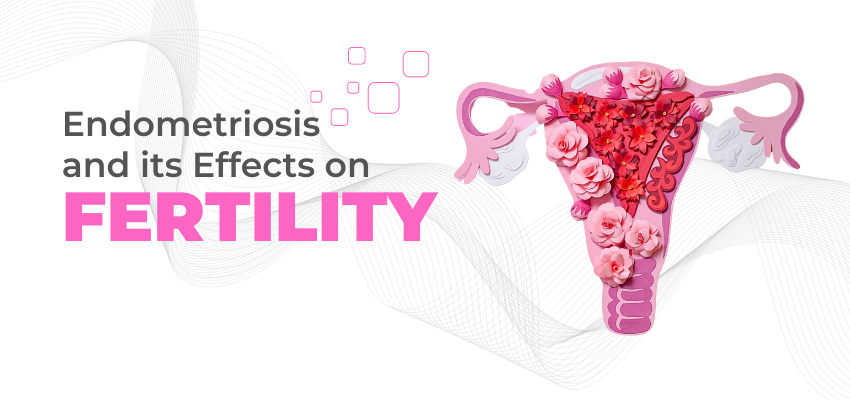There are numerous methods for preventing pregnancy or determining the ability to conceive. Fertility awareness methods (FAMs) are a group of methods that track the natural reproductive cycle to determine the most and least fertile times to conceive. Knowing your menstrual cycle and the changes in your body that occur during this time can help you determine when you are most likely to become pregnant. The average menstrual cycle is 28 days long. Normal cycles, on the other hand, can last anywhere from 21 to 35 days. The amount of time before ovulation occurs varies from woman to woman and even from month to month in the same woman, ranging from 13 to 20 days. It is critical to understand this stage of the cycle because it is when ovulation and pregnancy can occur. Every woman will have her period within 14 to 16 days of ovulation (unless she has a health problem that affects her periods or becomes pregnant).
A man's sperm can survive in a woman's body for up to three days. During that time, the sperm can fertilize an egg at any point. You could become pregnant if you have unprotected sex a few days before ovulation. Fertility awareness methods can help determine the likelihood of conception at a specific time by using either calendar or symptom-based signals. If you're thinking about using FAMSs to help you conceive, keep in mind that their effectiveness varies. Knowing when you're most fertile will aid in pregnancy planning. You can keep track of your fertile periods in three ways.
Basal Body Temperature Method
Your basal body temperature is your resting temperature as soon as you wake up in the morning. With ovulation, a woman's basal body temperature rises slightly. You will be able to predict your most fertile days if you record this temperature daily for several months. Before ovulation, an oral temperature of 96 to 98 degrees Fahrenheit is normal. A woman's basal body temperature typically rises by only 0.4 to 0.8 degrees Fahrenheit. Women must use a basal body thermometer to detect this minute change.
The temperature increase does not indicate the precise moment the egg is released. But three days after their temperatures rise, nearly all women have had their periods. The higher body temperature remains until the beginning of your period. The basal body temperature is susceptible to many factors. Make sure to take your temperature every morning at roughly the same time for your chart to be effective. Your body's temperature can be affected by things like:
- Drinking alcohol the night before
- Smoking cigarettes the night before
- Getting a poor night's sleep
- Having a fever
- Doing anything in the morning before you take your temperature — including going to the bathroom and talking on the phone
Calendar Method
Keeping track of your period for a period of eight to twelve months is recommended. Day 1 of your period is the first day of your period. The duration of your menstrual cycle may change from month to month. So, keep track of how many days it lasts each time. Using this record, you can determine the days when you are most fertile in the coming months.
Subtract 18 from the total number of days in your shortest cycle to determine the first day when you are most fertile. Take this new number and multiply it by the number of days until the first day of your next period. On your calendar, make an X through this date. The X represents the first day you're likely to become pregnant. Subtract 11 from the total number of days in your longest cycle to find the last day when you are most fertile. Take this new number and multiply it by the number of days until the first day of your next period. On your calendar, make an X through this date. Your most fertile window is between the two Xs.
This technique should always be used in conjunction with other fertility awareness techniques, especially if your cycles don't always last the same amount of time.
Cervical Mucus Method (Ovulation Method)
This requires monitoring the changes in cervical mucus throughout the month. The hormones that regulate the menstrual cycle also affect the type and quantity of mucus produced prior to and during ovulation. As the egg begins to mature, mucus increases in the vagina, appears at the vaginal opening, and is white or yellow with a cloudy, sticky consistency. Mucus production peaks just before ovulation. This is when you are most fertile.
For some women, the cervical mucus test is less accurate. This approach should not be used by women who are nursing, using hormonal birth control, using feminine hygiene products, have vaginitis or STDs, orhave undergone cervix surgery. Use a mix of all three approaches to track your fertility the most effectively. This is called the symptothermal method. To help determine the ideal time to get pregnant, you can also purchase over-the-counter ovulation kits or fertility monitors.
Fertility Awareness Methods can help shed light on the reproductive cycle and the time of the month when conception is most likely. If you're trying to conceive, this information can help.









